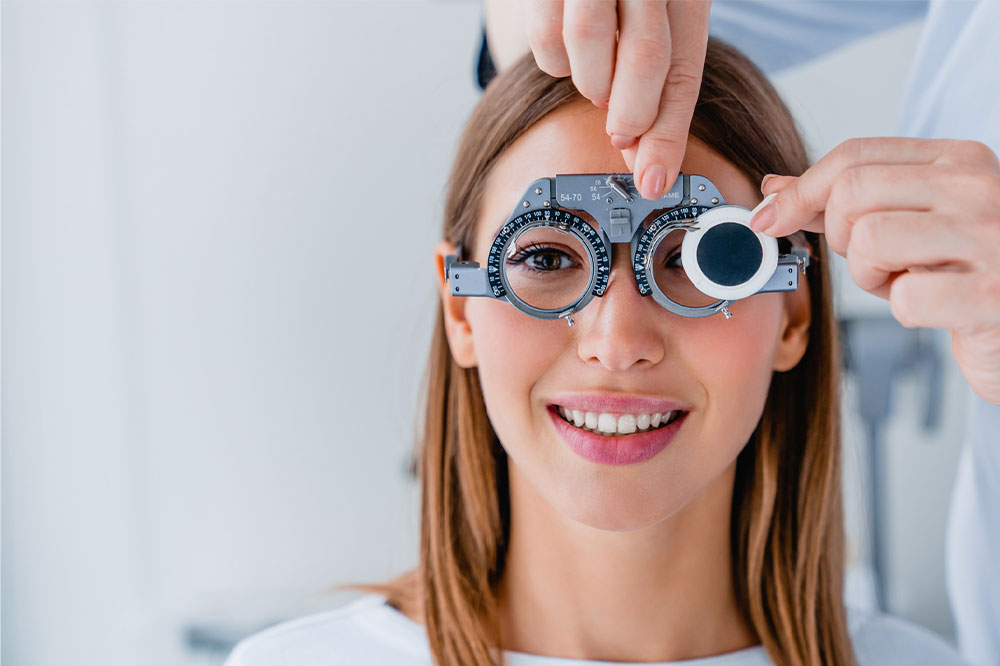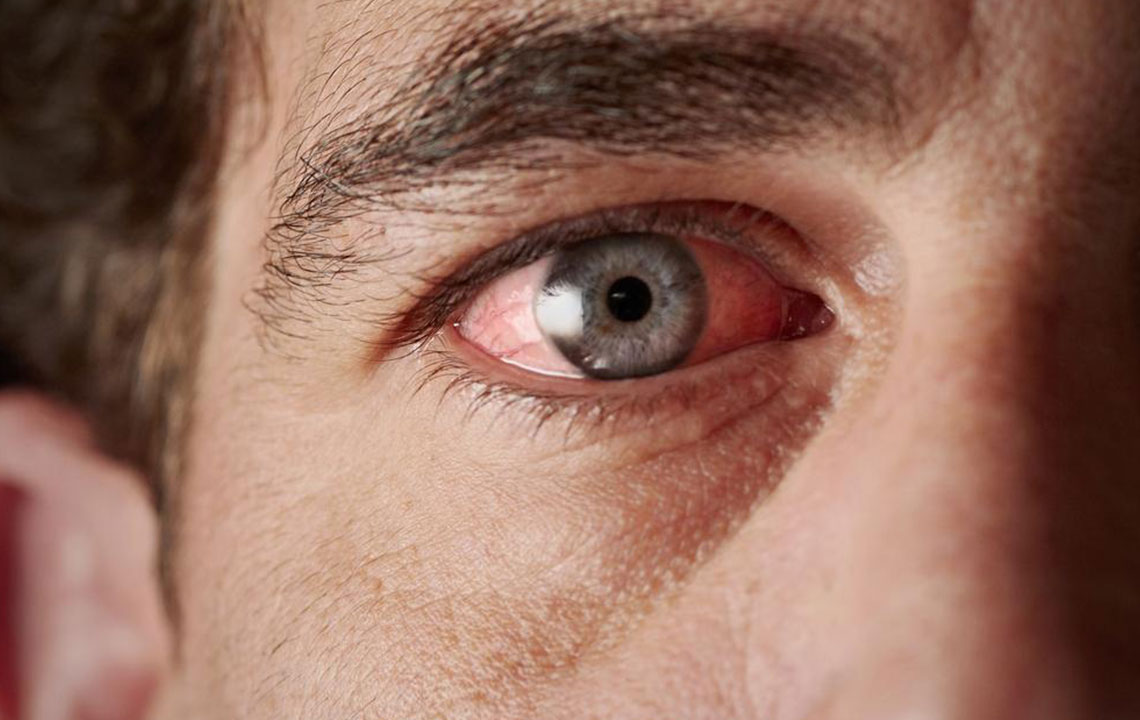Understanding Causes of Fuzzy Sight and Effective Eye Exercises
This article explores common causes of blurred vision, including dryness, infections, and serious eye conditions. It offers practical treatments and simple eye exercises like palming and focus shifting to enhance eye health and reduce fatigue. Regular eye exams and healthy habits are emphasized for maintaining clear vision and detecting issues early.
Sponsored

Blurred vision results in unclear perception and a hazy look when observing details. It affects both nearby and distant objects. While some causes are manageable with simple treatments, others may signal serious health issues. Recognizing the underlying reason is essential for proper care. Below are common reasons for fuzzy eyesight and recommended exercises and treatments to improve eye health.
What leads to fuzzy eyesight?
Various factors contribute to vision blurriness, with severity depending on the root cause. Typical causes include:
Dry Eyes
Dryness driving vision fuzziness often occurs after waking or in dry climates. Factors like fans, extended screen time without blinking, or contact lens wear exacerbate this condition.
Corneal Scratches
The cornea, the eye's transparent surface, can get scratched due to contact with objects like makeup brushes, tree branches, or fingernails. Minor injuries heal quickly, but larger abrasions may need medical intervention.
Eye Infections
Conjunctivitis, or pink eye, affects the outer eye layer, causing irritation and blurred vision. Viruses, bacteria, or allergies can trigger these infections, which may require antibiotic drops.
Other Eye Diseases
Serious eye conditions like cataracts, glaucoma, age-related macular degeneration, dry eye syndrome, or retinal detachment can cause visual disturbances. Prompt medical consultation is vital to prevent deterioration.
Allergens
Allergic reactions can inflame the eyes, resulting in indistinct vision. Additional allergy symptoms include sneezing, nasal congestion, and watery eyes.
Eye Fatigue
Prolonged screen use or intense focus can cause eye strain, also called digital eye strain or computer vision syndrome, leading to blurry vision.
Diabetes & Hypertension
High blood sugar levels damage retinal blood vessels, risking blindness. Elevated blood pressure similarly impacts tiny eye vessels, affecting vision long-term. Proper management is crucial for eye health.
How to Address Blurred Vision?
Treatment varies with cause. Corrective lenses or glasses may be recommended for refractive errors like cataracts. Eye drops help with dryness or infections. In severe cases, procedures like LASIK or cataract surgery restore clear vision.
Can Eye Exercises Help?
Vision therapy exercises enhance eye coordination, relax the muscles, and can assist conditions like lazy eye or eye alignment. Effective exercises include:
Palming
Warm your palms by rubbing and place them over closed eyes, cupping. Take deep breaths for five minutes to relax eye muscles and reduce fatigue.
Blinking
Regular, conscious blinking during screen use boosts tear production, alleviating dryness and discomfort.
Focus Shifting
Alternate focus between near objects, like your thumb held near your face, and distant objects, such as faraway scenery, for 15 seconds each. Repeat to improve focusing ability.
The 20-20-20 Rule
To prevent eye strain from prolonged screen time, every 20 minutes, look at something 20 feet away for 20 seconds. This simple habit helps maintain eye comfort.
Unexplained blurry vision or eye fatigue warrants professional evaluation. Regular eye checkups, a nutritious diet, and eye exercises can support overall eye health and vision clarity.






